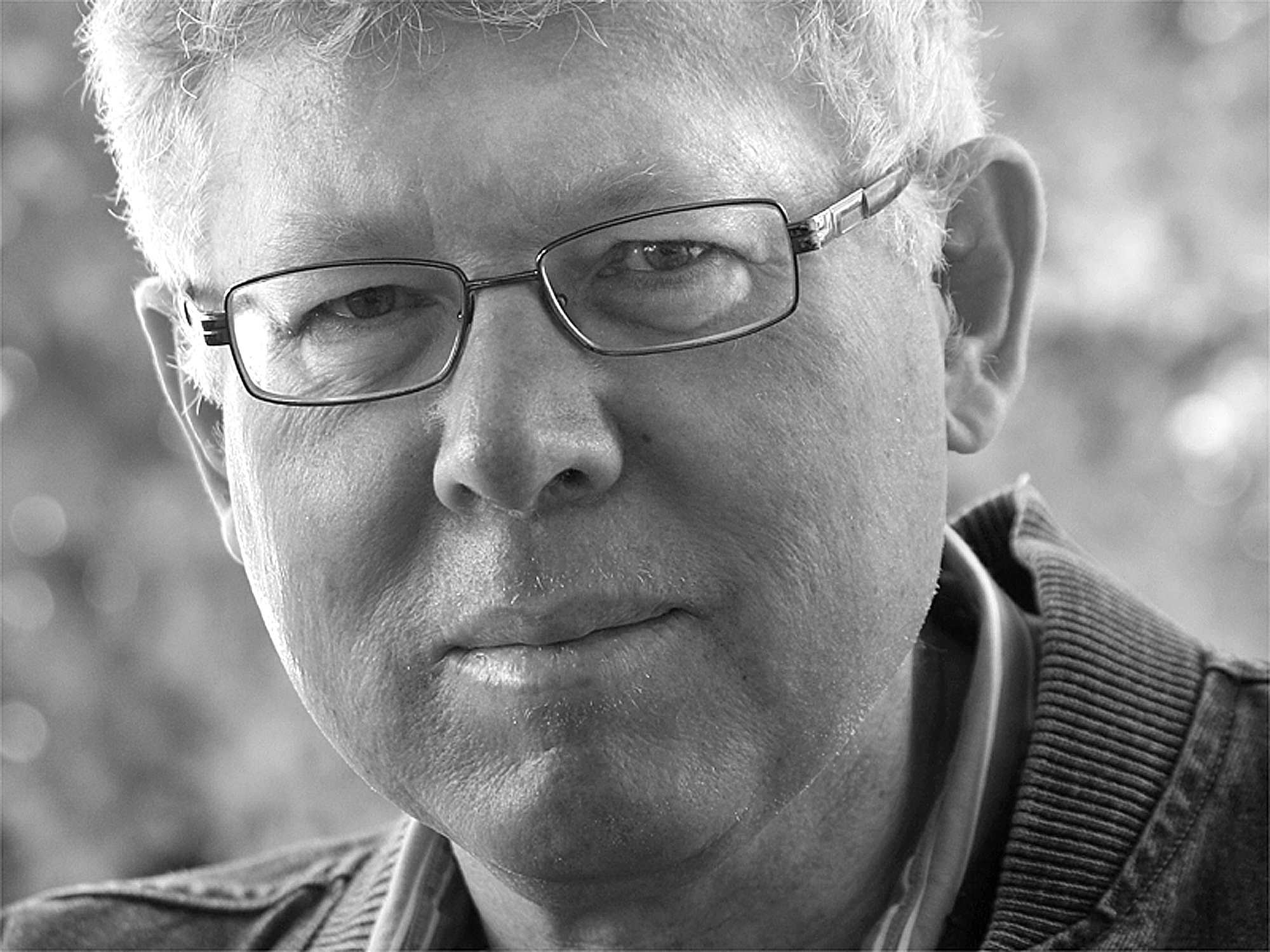Columnists
The Blockbuster Trilogies

I never saw any of the Jurassic Park movies, nor did I read the book. I am, however, familiar with the premise. Extinct dinosaurs are brought back to life through the miracle of DNA reconstitution. Terror ensues.
The list of “Jurassic” movies is getting long. The original blockbuster movie came out 25 years ago. It had two sequels: The Lost World: Jurassic Park (1997), and Jurassic Park III (2001). A fourth movie, Jurassic World (2015), became one of the biggest box office draws of all time and is now generating its own trilogy. The second installment, Jurassic World: Fallen Kingdom, is due out this June, and the third, Jurassic World 3, has just been announced for the summer of 2021. So you could well say that the subject of de-extinction sells a lot of popcorn.
Now, as if to stoke that public fascination at just the right time, some whizbang geniuses at Harvard University have reconstituted the entire genome of the little bush moa, a bird native to New Zealand that was hunted to extinction in the 13th century. The flightless creature is a relative of the ostrich, emu and kiwi. It can now be de-extinctified.
This achievement is all thanks to a specimen preserved by the Royal Ontario Museum. The bird’s toebone yielded the vital DNA sample. The scientists were able to recover more useful data more quickly than in previous cases because they were able to extract nuclear DNA, which yields richer data than mitochondrial DNA, the stuff from which previous work was based. This breakthrough should pave the way for the restoration of other extinct species, with birds having a head start because of the work done on the little bush moa.
As you might expect, the announcement has generated some controversy. A University of Queensland professor, who concedes that de-extinction is in principle a good thing for the development of knowledge, worries that fascination with the resurrection of extinct species will steer resources away from where they are most needed—in the conservation of existing species at risk, where the job is already overwhelming.
He also points out that simply bringing a species back doesn’t guarantee that it can play a useful role in the ecosystem; it may not be able to reclaim or find a niche, or it may displace existing species. He concludes that a cost/benefit analysis is required, and therefore that de-extinction cannot be justified solely on the basis that it is restoring biodiversity.
I find it incredible just to hear the words “de-extinction” and a cost/benefit analysis” used in the same sentence. Whether a species dies out or is reborn now becomes the choice of humankind. We don’t have a stellar track record; I would hate to look at a cost/benefit analysis of us. Maybe Jurassic Park (or one of its sequels) had it right, and our fate is to become fodder for reconstituted dinosaurs. Now would be a good time for some super-species out there that has the power over whether humankind lives or dies to make its presence known.
Maybe we should be heeding the advice of the professor from the University of Queensland and concentrating our efforts on existing species threatened with extinction. The reconstitution specialists could turn their attention from the little bush moa to the human being. The human genome is already well known, so maybe they can concentrate on trying to reconstitute the best individual expressions of humanity, who could save us from ourselves. Leonardo da Vinci, Galileo and Eleanor Roosevelt; or Einstein, Marie Curie and Mozart: make up your own list. The scientists who pull it off might even earn the reward of becoming the heroes of their own blockbuster trilogy.

Comments (0)